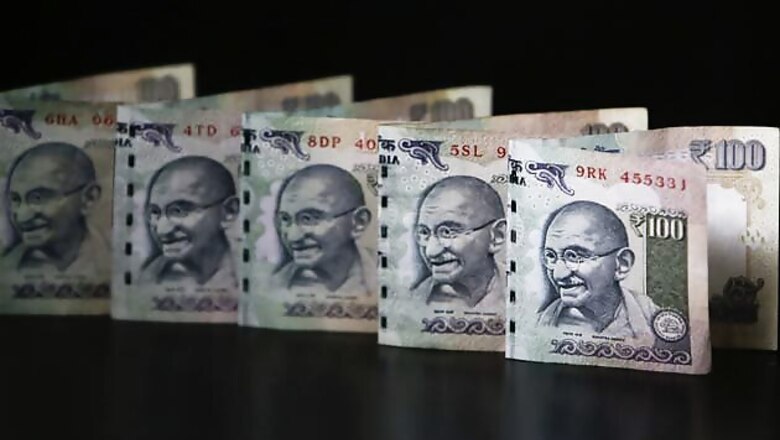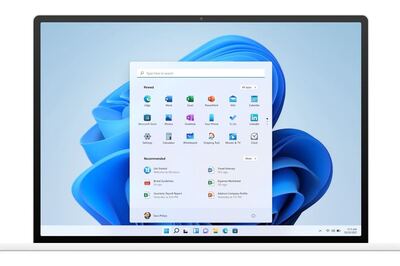
views
To summarise the collective commentary on why the rupee is falling, the immediate triggers are the imposition of capital controls last Wednesday and the hike in import duties on 'non-essentials' like gold and flat screen TVs. The Reserve Bank reduced the amount that individuals could take out of the country from $ 200,000 to $ 75,000 and overseas investment by companies to an amount equal to their net worth from four times earlier. Indian companies had invested a little over $3 billion abroad in the last fortnight of July.
These measures were meant to reduce the gap between imports and exports by $ 17 billion to a rather comfortable $ 70 billion or 3.7 per cent of GDP. Shaky investors feared that a panicky government on a slippery slope would not hesitate to resort to more desperate measures despite assurances by finance ministry officials and government leaders. There is no clear indication, however, that foreign institutional investors are heading towards the exits. With the dollar fetching more rupees, and Indian bond yields rising, they should be investing. On 16 August, a day after capital controls were announced, their net investment in debt and equities was $ 323 million, but it was negative on Monday, 19th August.
The strengthening of the US economy suggests that the US central bank will reverse its easy money policy from September itself. For India this is a bigger worry. Higher yields are attracting money to safer US treasury bonds from risky emerging markets with big uncovered import gaps like India, Indonesia, South Africa and Brazil.
Though Finance Minister P Chidambaram is making a valiant attempt to reduce government expenditure and the gap that must be met by borrowing (as this pressures inflation and interest rates), there is doubt in his ability to stick to targets.
Oil prices are rising, and a weakening rupee is stretching the import bill. Unless the government raises fuel prices - mainly diesel - the subsidy burden will rise, defeating Chidambaram's efforts to an extent. The Oil Minister has indicated that diesel rates will be raised by Rs 2 to 3 a litre, but this is unlikely to happen when Parliament is in session.
So far the Reserve Bank has not tried to defend any particular level , but has only eased the fall, and there is appreciation of that. The rupee may have cheapened to its real effective exchange rate, but analysts feel that it might overshoot to 67 over the next three to six months before clawing up on the strength of cheaper exports.
A crisis is a time for the government to act. For example, how about persuading the Supreme Court to lift the ban on mining (and export) of iron ore? How about cracking down on the Regressives in the Railway Board who have blocked foreign investment in the railway engine plants at Madhepura and Marhowra in Bihar? The Railway Ministry has only now invited requests for qualification from global players. Companies like Alstom and GE have been wanting to invest for nine years. Rather than parting them delightedly of their money, the Prime Minister has been writing plaintive letters to the Ministry month after month. The Congress Party, led by Rahul Gandhi, has played politics with Vedanta's aluminum plant in Odisha in the name of respecting the religious practices of the Niyamgiri tribals, when it should have brokered a mutually beneficial solution.
And since rising bonds yields have not helped the rupee, perhaps the Reserve Bank must give up the effort and signal a shift to lower interest rates. That could lift the gloom in Indian industry and get the investment cycle started. Let's have growth rather than be obsessed with inflation.
#### {"dataSourceUrl":"//docs.google.com/spreadsheet/tq?key=0Aj5L7T5iH6XZdERNRkFIQW9CZFU0SGxaNXJPY0VUaGc&transpose=0&headers=0&range=A1%3AC3691&gid=0&pub=1","options":{"min":70,"displayAnnotations":true,"max":15,"animation":{"duration":500},"width":517,"displayRangeSelector":true,"hAxis":{"useFormatFromData":true,"minValue":null,"maxAlternations":1,"viewWindow":{"min":null,"max":null},"maxValue":null},"wmode":"opaque","vAxes":[{"useFormatFromData":true,"minValue":null,"viewWindow":{"min":null,"max":null},"maxValue":null},{"useFormatFromData":true,"minValue":null,"viewWindow":{"min":null,"max":null},"maxValue":null}],"booleanRole":"certainty","height":350,"scaleType":"maximize","legend":"right","thickness":"2","useFirstColumnAsDomain":true,"displayZoomButtons":true},"state":{},"view":{},"isDefaultVisualization":true,"chartType":"AnnotatedTimeLine","chartName":"INR vs USD"}


















Comments
0 comment